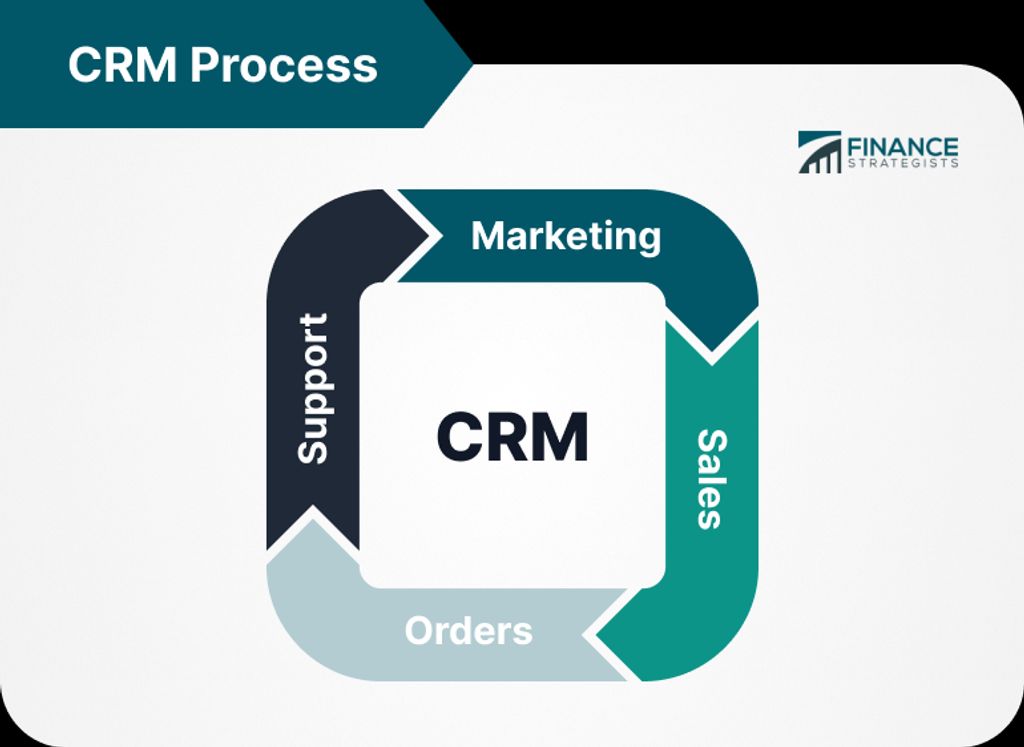
Automating email processes for university staff can greatly improve efficiency and productivity. With the high volume of emails that university staff receive on a daily basis, it can be challenging to manage, respond to, and organize them effectively. However, by implementing an email automation system, universities can streamline their email communication processes and ensure timely responses. This article will discuss the challenges in email communication, the benefits of automating email processes, key features of an email automation system, implementing such a system, and best practices for email automation.

Managing a high volume of emails can be overwhelming and time-consuming. It is important to implement strategies to effectively handle the influx of messages and ensure that important emails are not missed. Here are some tips to manage high volume of emails:
By implementing these strategies, you can streamline your email management process and stay on top of your inbox.
Ensuring timely responses to emails is crucial for maintaining effective communication with students, faculty, and other stakeholders. It is important to prioritize urgent emails and respond to them promptly. One way to ensure timely responses is by implementing an email automation system that can help streamline the email management process. By using automated responses and templates, staff members can quickly acknowledge receipt of emails and provide initial information or assistance. This can help reduce response times and ensure that important emails are not overlooked or delayed.
Organizing and categorizing emails is essential for efficient email management. By implementing a systematic approach, staff members can easily locate and prioritize important emails, saving time and reducing the risk of missing critical information. One effective method is to use folders or labels to group emails based on their content or purpose. For example, creating folders for different projects, departments, or priority levels can help streamline the email workflow. Additionally, utilizing email filters can automatically sort incoming emails into the appropriate folders, further enhancing organization and reducing manual effort.

Automating email processes can significantly increase efficiency and productivity for university staff. By automating repetitive tasks such as email filtering and sorting, staff members can save valuable time and focus on more important responsibilities. Additionally, automated responses and templates can help streamline communication and ensure consistent messaging. Integration with other systems, such as a CRM or project management tool, can further enhance productivity by centralizing information and reducing the need for manual data entry.
To illustrate the impact of email automation, consider the following table:
This table demonstrates how implementing an email automation system can lead to a significant improvement in response time and a reduction in email volume. By leveraging automation, university staff can handle emails more efficiently and allocate their time to other important tasks.
In addition to the table, here are some key benefits of automating email processes:
To maximize the benefits of email automation, it is important for university staff to establish clear email policies, regularly review and update automation rules, and monitor and analyze performance. By following these best practices, staff members can ensure that the email automation system continues to meet their needs and contributes to increased efficiency and productivity.
Automating email processes can significantly improve response time. By implementing an email automation system, staff members can ensure that emails are promptly sorted, prioritized, and responded to. This eliminates the need for manual sorting and searching through a cluttered inbox, allowing staff to focus on important tasks and respond to emails in a timely manner.
Enhanced organization and prioritization are key benefits of automating email processes. With an email automation system, staff can easily categorize and organize incoming emails based on predefined rules and filters. This allows for efficient management of email communication and ensures that important emails are not overlooked or buried in a cluttered inbox.
Additionally, an email automation system can prioritize emails based on their urgency or importance. Staff can set up rules to automatically flag or highlight emails that require immediate attention, ensuring that critical messages are addressed promptly. This helps to streamline workflow and improve overall productivity.

Email filtering and sorting is a crucial feature of an email automation system. It allows university staff to efficiently manage their inbox by automatically categorizing and organizing incoming emails. By setting up filters based on criteria such as sender, subject, or keywords, staff can ensure that important emails are prioritized and easily accessible. Filtering helps reduce the clutter in the inbox and ensures that staff can focus on the most relevant emails.
In addition to filtering, sorting features enable staff to arrange emails in a way that suits their workflow. They can choose to sort emails by date, sender, importance, or other custom criteria. This flexibility allows staff to quickly locate specific emails and stay organized.
To illustrate the effectiveness of email filtering and sorting, here is a table showcasing the time saved by implementing an email automation system:
As shown in the table, implementing an email automation system can save university staff approximately 1.5 hours per day, allowing them to allocate more time to other important tasks.
In summary, email filtering and sorting are essential features that contribute to the efficiency and organization of university staff's email communication.
Automated responses and templates are essential features of an email automation system. They allow university staff to save time and provide consistent and efficient communication. With automated responses, staff can quickly acknowledge receipt of an email or provide a standard response to common inquiries. Templates, on the other hand, enable staff to create pre-written messages for specific situations, such as requesting additional information or scheduling appointments. By utilizing these features, university staff can streamline their email processes and ensure timely and professional communication.
An email automation system that integrates with other systems can greatly enhance the efficiency and effectiveness of university staff. By seamlessly connecting with existing tools and platforms, such as customer relationship management (CRM) systems or project management software, staff can streamline their workflows and access relevant information without switching between multiple applications. This integration allows for real-time data synchronization, ensuring that staff have the most up-to-date information at their fingertips. Additionally, it enables automated actions based on triggers from other systems, such as sending follow-up emails or updating contact information.
Before implementing an email automation system, it is crucial to identify the needs and requirements of the university staff. This involves understanding the current email processes, the pain points, and the desired outcomes. Efficiency and productivity are key factors to consider when determining the needs and requirements. It is important to assess the volume of emails received, the time taken to respond to emails, and the level of organization and prioritization required. By conducting a thorough analysis, the university staff can ensure that the chosen email automation system meets their specific needs and helps streamline their email communication.
When it comes to selecting the right software for automating email processes, there are several factors to consider. Compatibility with existing systems and email clients is crucial to ensure smooth integration and seamless communication. It is also important to evaluate the features and functionalities offered by the software. Look for features such as advanced email filtering and sorting capabilities, automated responses and templates, and integration with other systems like customer relationship management (CRM) tools. Additionally, consider the user-friendliness of the software and the level of technical support provided by the vendor.
When implementing an email automation system, it is crucial to provide thorough training and onboarding for university staff. This ensures that they are equipped with the necessary knowledge and skills to effectively utilize the system.
To facilitate a smooth transition, consider the following steps:
Tip: Encourage staff to actively participate in the training process and address any questions or concerns they may have. This will foster a sense of ownership and engagement with the email automation system.

Setting clear email policies is crucial for maintaining effective communication within the university staff. Consistency is key when it comes to email communication, and having clear policies in place helps ensure that everyone understands the expectations and guidelines. Here are some best practices for setting clear email policies:
By setting clear email policies, the university staff can maintain professionalism, efficiency, and effective communication.
Regularly reviewing and updating automation rules is crucial to ensure the effectiveness and efficiency of an email automation system. By regularly reviewing the rules, you can identify any gaps or areas for improvement in the automation process. This allows you to make necessary adjustments and updates to optimize the system.
One way to track the performance of automation rules is by implementing a Markdown table. This table can include quantitative data such as the number of emails automatically sorted, the response time for automated responses, and the accuracy of email categorization. By analyzing this data, you can gain insights into the system's performance and identify areas that need attention.
In addition to reviewing the rules, it is important to stay updated with the latest best practices and industry trends. This can be done by regularly reading articles and blogs related to email automation. By staying informed, you can ensure that your automation rules are aligned with current standards and make necessary adjustments as needed.
Remember, email automation is not a one-time setup. It requires ongoing monitoring and adjustments to ensure its effectiveness and efficiency.
Monitoring and analyzing the performance of an email automation system is crucial for ensuring its effectiveness and identifying areas for improvement. By regularly reviewing key metrics and data, such as response times, email open rates, and customer satisfaction scores, university staff can gain valuable insights into the system's performance. This information can help identify any bottlenecks or issues that may be hindering the system's efficiency and effectiveness. Additionally, monitoring performance allows staff to make data-driven decisions and implement necessary changes to optimize the email automation system.
In conclusion, automating email processes for university staff can greatly improve efficiency and productivity. By implementing automated systems for tasks such as email filtering, sorting, and response generation, staff members can save valuable time and focus on more important responsibilities. Additionally, automation can help ensure consistency and accuracy in email communication, reducing the risk of errors or miscommunication. Overall, embracing automation in email processes is a crucial step towards streamlining operations and enhancing the overall effectiveness of university staff.
Yes, email automation systems are designed to handle a high volume of emails efficiently. They can automatically sort and categorize incoming emails, making it easier for staff to manage and prioritize their workload.
Yes, most email automation systems allow for personalized automated responses. Staff can create templates with placeholders for personalization, such as the recipient's name or specific information related to their inquiry.
Email automation can improve response time by automatically sending acknowledgement emails or initial responses to incoming inquiries. This ensures that the sender knows their message has been received and will be addressed, even if a detailed response is not immediately available.
Yes, many email automation systems offer integration capabilities with other software commonly used by university staff, such as customer relationship management (CRM) systems or project management tools. This allows for seamless data exchange and improved workflow efficiency.
Email automation systems can automatically apply filters and labels to incoming emails based on predefined rules. This helps in organizing and categorizing emails, making it easier for staff to locate and prioritize important messages.
Some best practices for implementing an email automation system include identifying the specific needs and requirements of the university staff, selecting the right software that aligns with those needs, and providing comprehensive training and onboarding to ensure staff can effectively utilize the system.